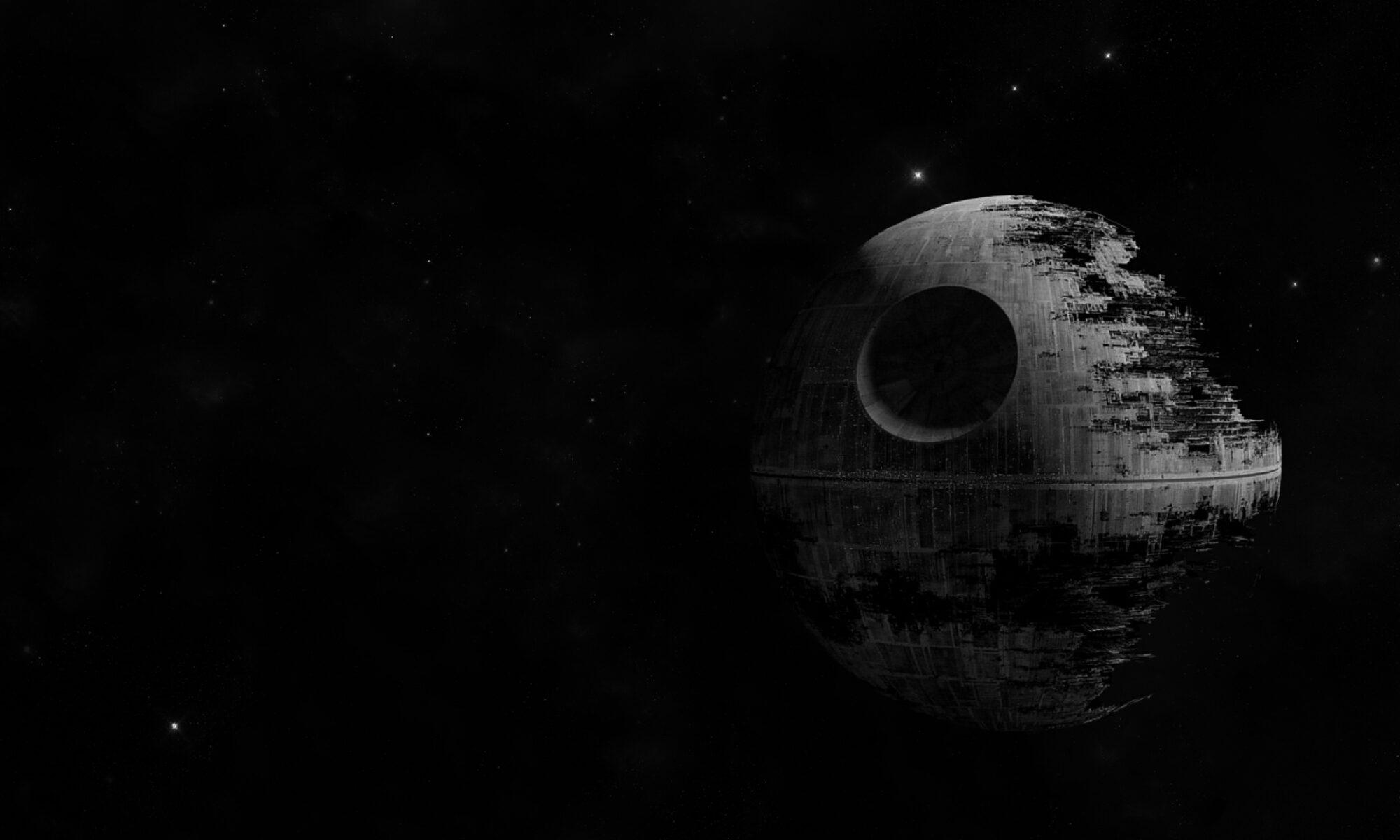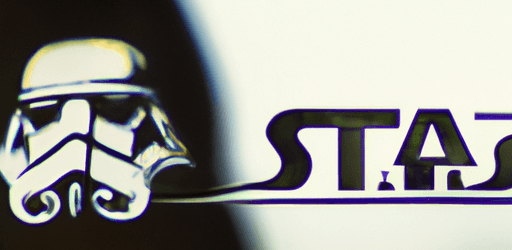If you’re a Star Wars fan looking to dive deeper into the universe, reading Star Wars books is a great way to do so. However, with so many books out there, it can be difficult to know which ones are considered canon. In this article, we will provide a list of Star Wars books that follow canon.
Before we begin, it’s important to note that in 2014, Disney announced that the Star Wars expanded universe, which included many books, comics, and games, was no longer considered canon. Instead, a new canon was established, which includes the movies, TV shows, and select books and comics that fit into the new continuity. The books listed below are all part of this new canon.<h2>Star Wars: The High Republic</h2> The High Republic is a new publishing initiative set 200 years before the events of the prequel trilogy. The initiative includes novels, comics, and children’s books, and explores the Jedi Order and the Republic during a time of peace and prosperity. The novels in the initiative are as follows:
- Light of the Jedi by Charles Soule
- The Rising Storm by Cavan Scott
- Into the Dark by Claudia Gray
- The Fallen Star by Claudia Gray
- Out of the Shadows by Justina Ireland
- Mission to Disaster by Justina Ireland (children’s book)
- Race to Crashpoint Tower by Daniel José Older (children’s book)
<h2>Thrawn Trilogy</h2> The Thrawn Trilogy, written by Timothy Zahn, takes place after the events of Return of the Jedi and follows Grand Admiral Thrawn, a strategic genius who serves as the main antagonist. The trilogy consists of:
- Thrawn
- Thrawn: Alliances
- Thrawn: Treason
<h2>Aftermath Trilogy</h2> The Aftermath Trilogy, written by Chuck Wendig, takes place in the aftermath of the Battle of Endor and the fall of the Empire. The trilogy consists of:
- Aftermath
- Aftermath: Life Debt
- Aftermath: Empire’s End
<h2>Other Canon Novels</h2> In addition to the above trilogies, there are many other Star Wars novels that follow canon. Here are some notable examples:
- Master & Apprentice by Claudia Gray, which follows Qui-Gon Jinn and Obi-Wan Kenobi before the events of The Phantom Menace [1]
- Dark Disciple by Christie Golden, which follows the Dark Jedi Asajj Ventress after the events of The Clone Wars [3]
- Bloodline by Claudia Gray, which follows Leia Organa six years before the events of The Force Awakens [2]
- Lost Stars by Claudia Gray, which follows two childhood friends who find themselves on opposite sides of the Galactic Civil War [2]
- Alphabet Squadron Trilogy by Alexander Freed, which follows a group of pilots hunting down a rogue Imperial faction after the fall of the Empire [2]
This is by no means an exhaustive list of all the Star Wars books that follow canon, but it should give you a good starting point. Happy reading!

